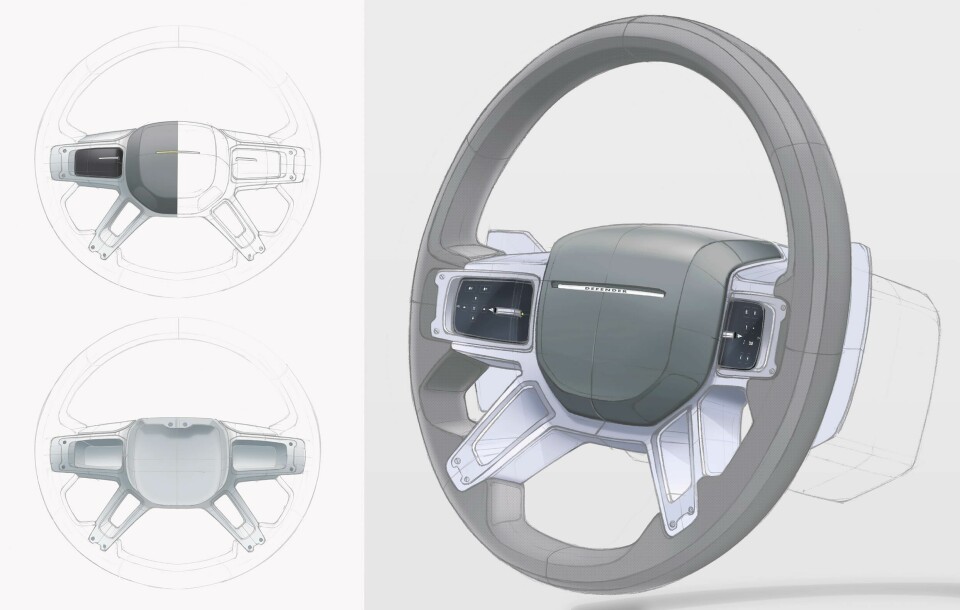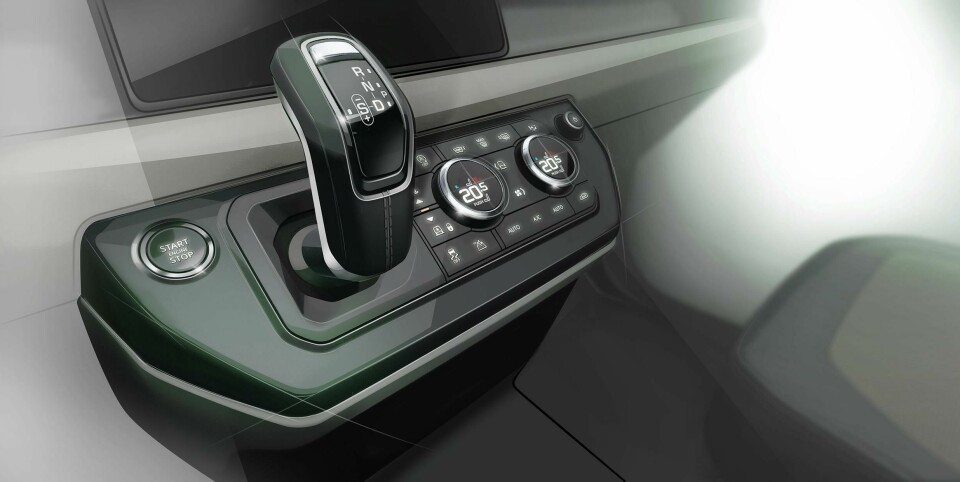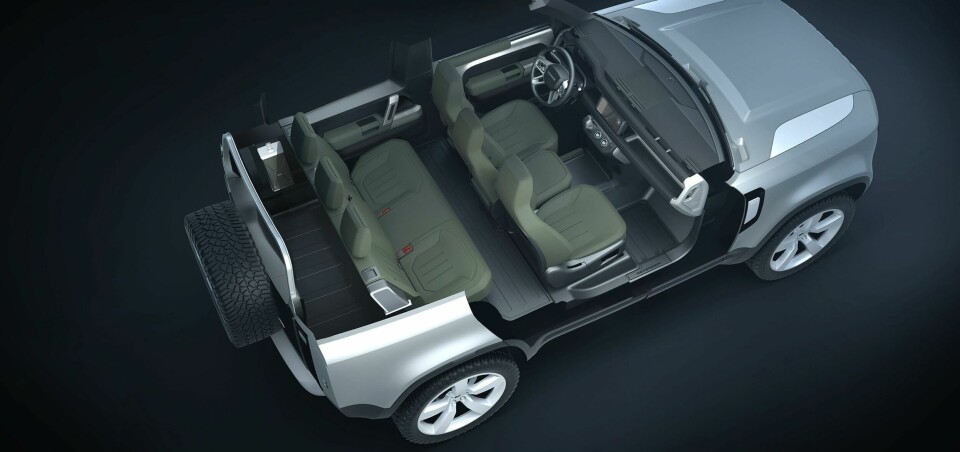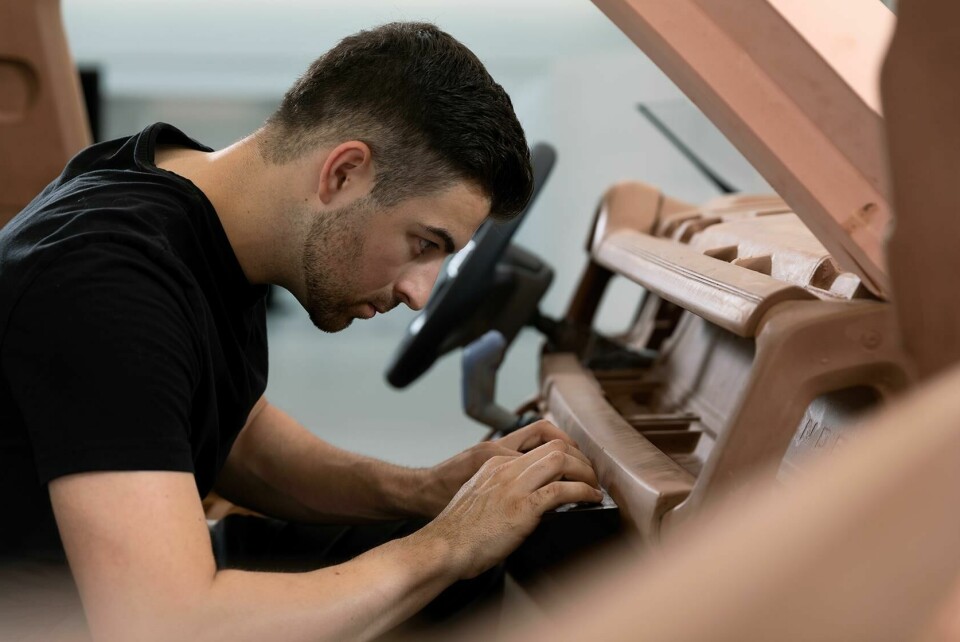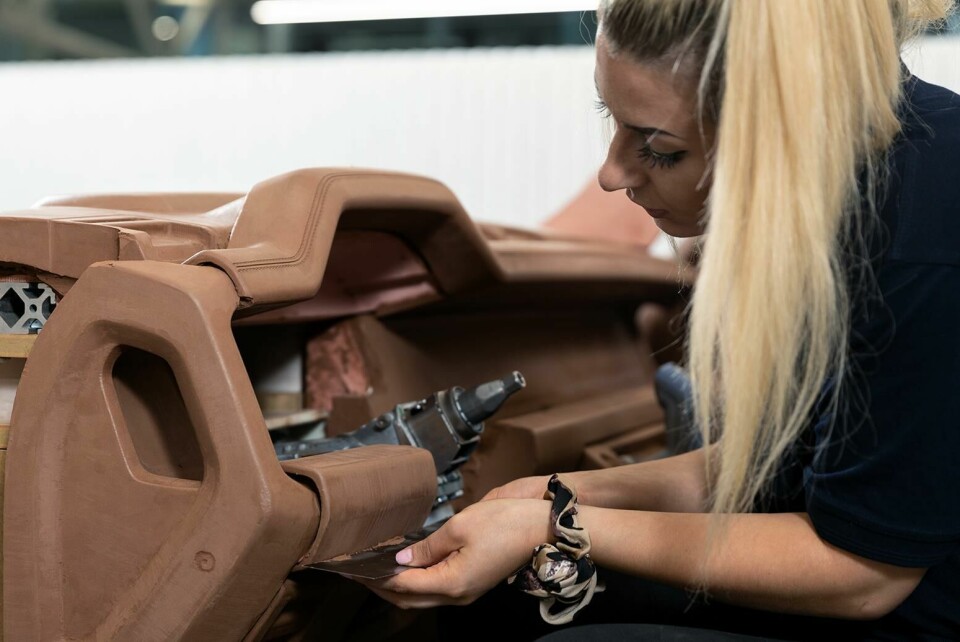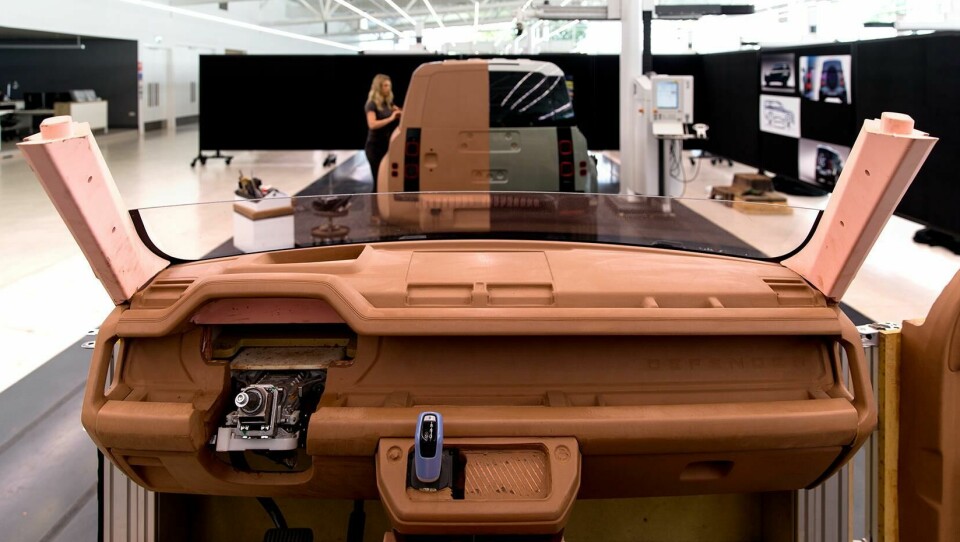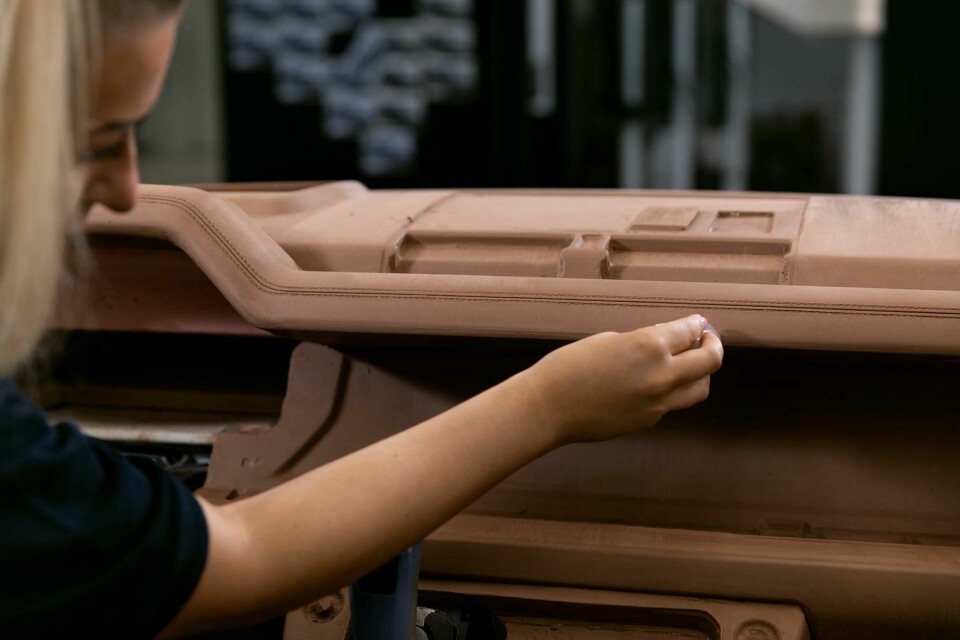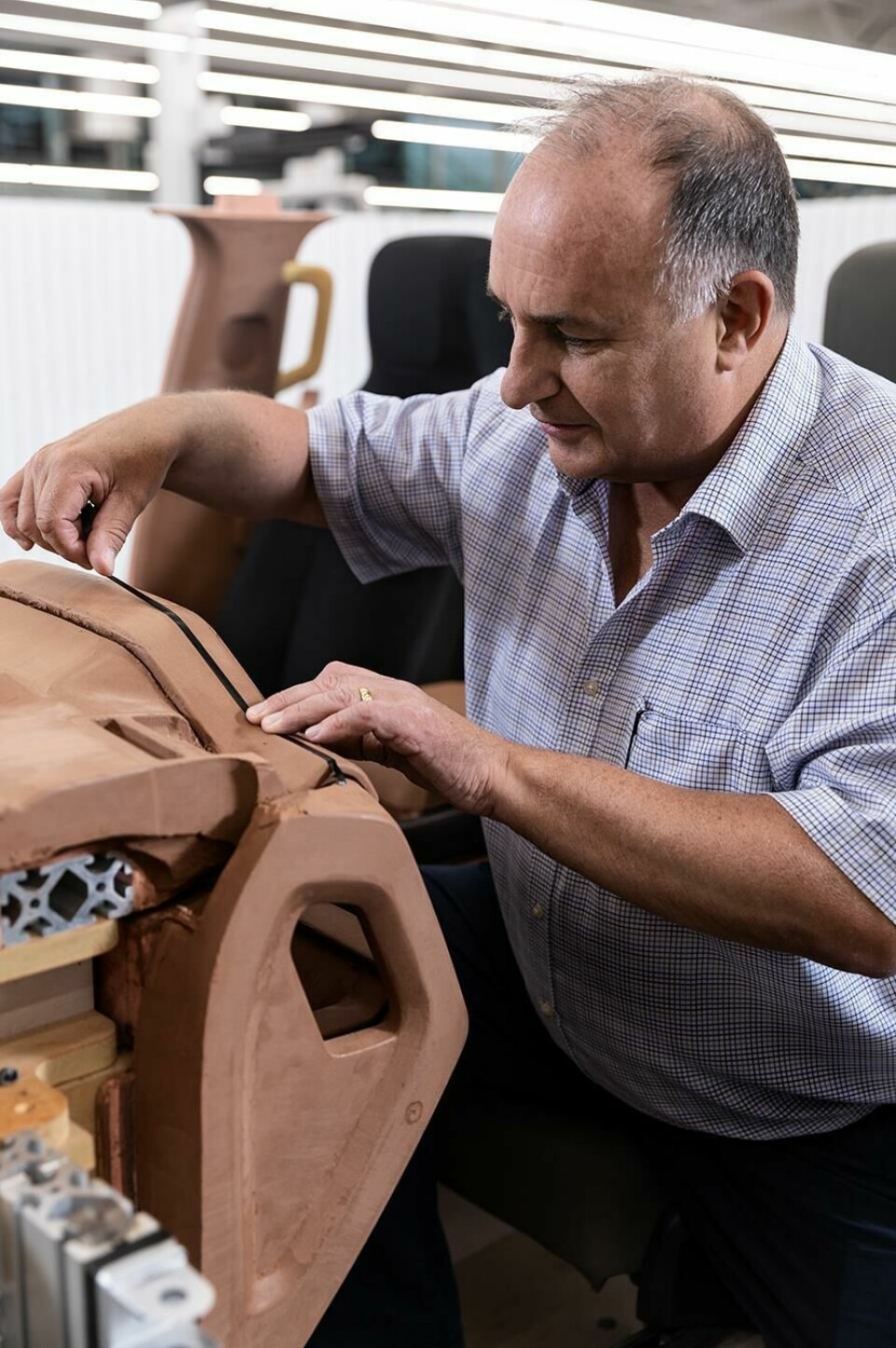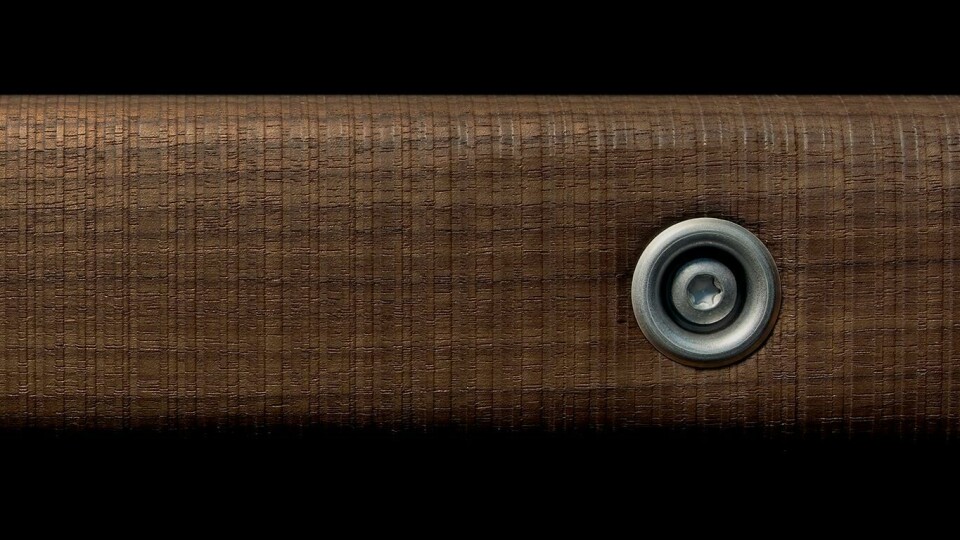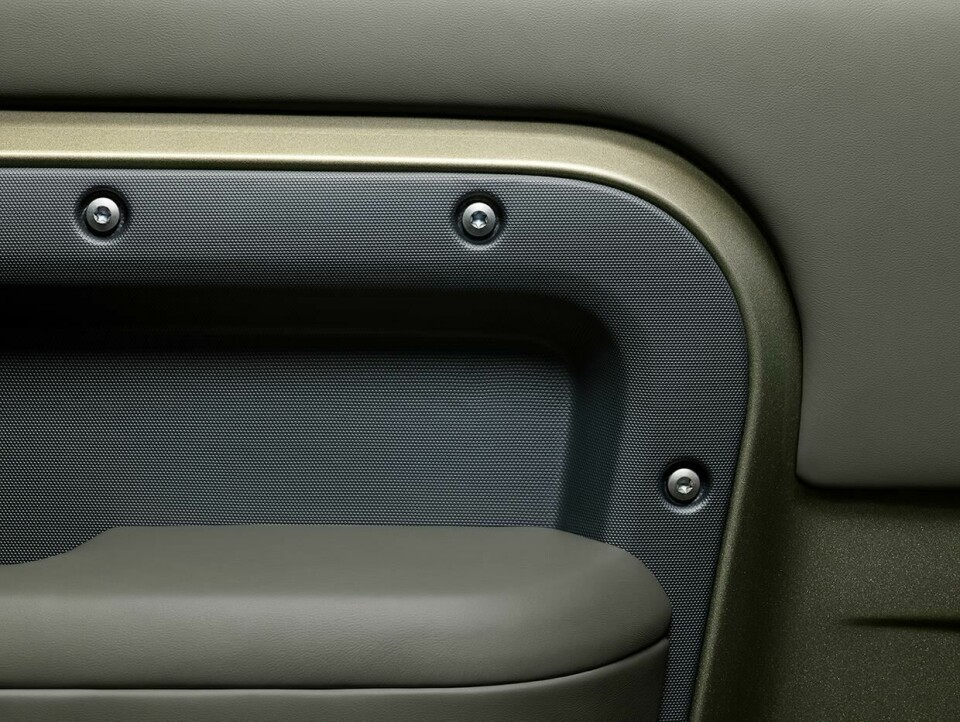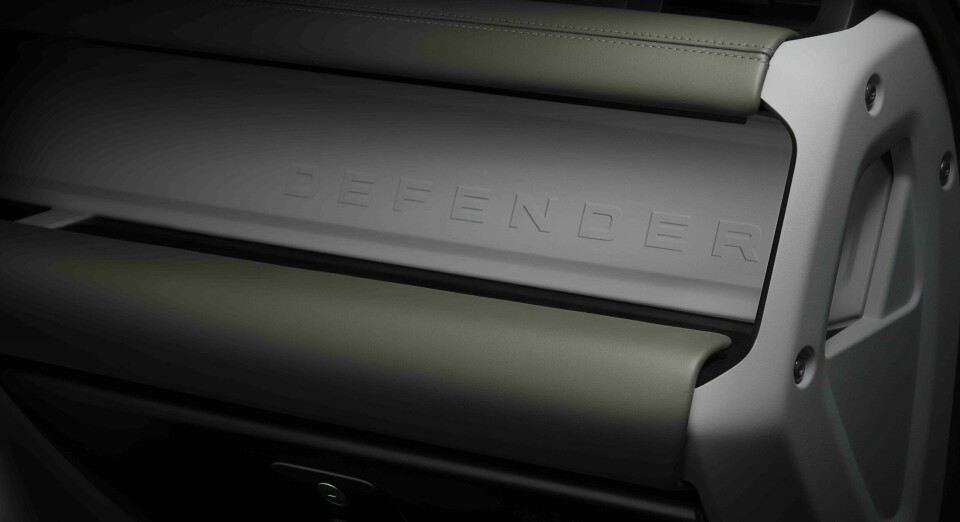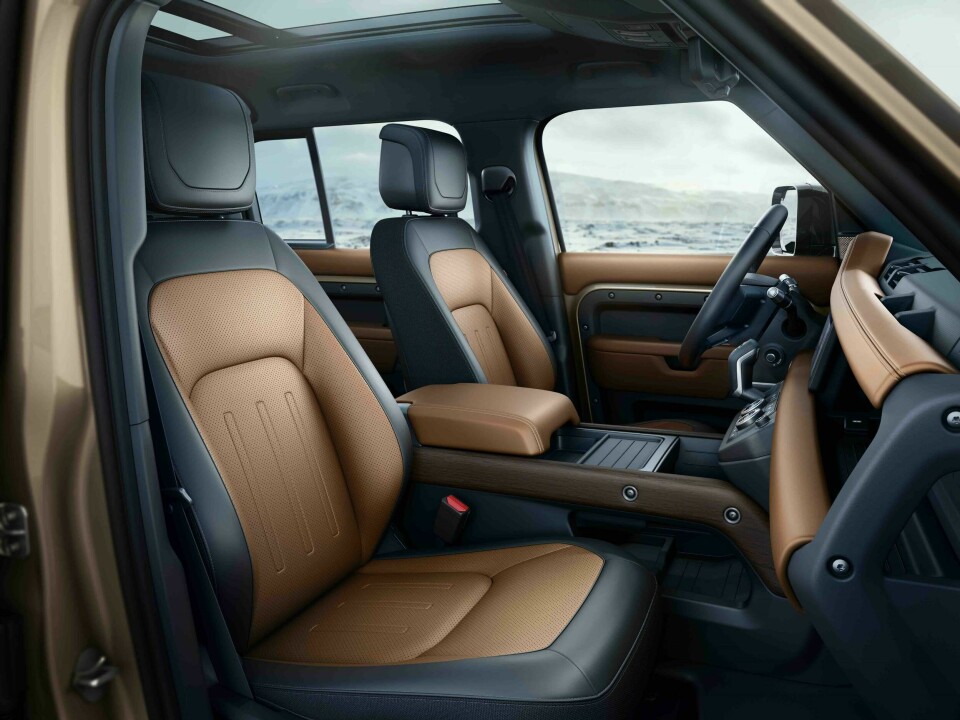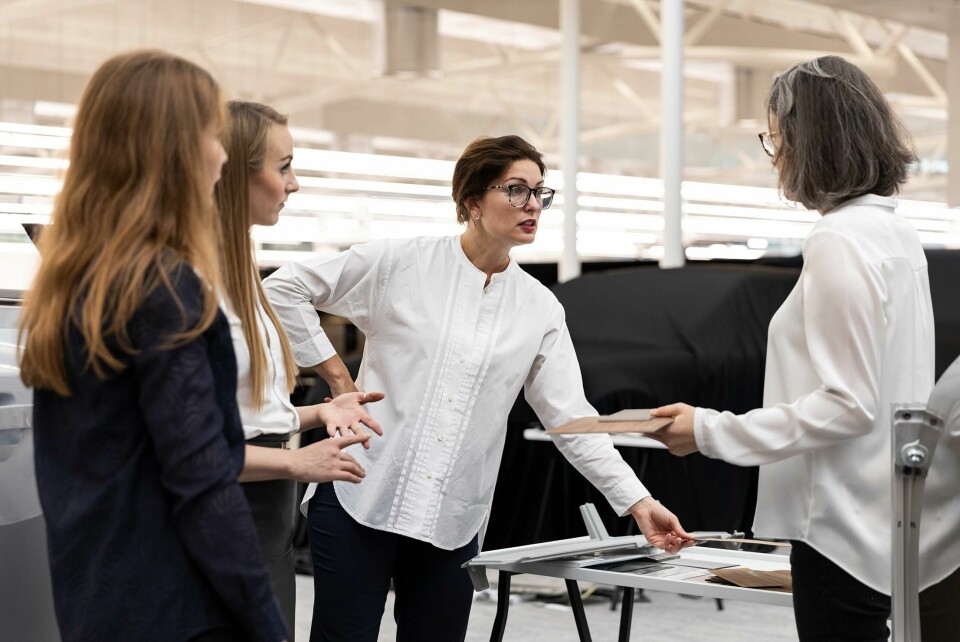
The inside story of Land Rover’s new Defender
Respectful of its past but not harnessed by it – the new Defender
Land Rover Defender 2019
After nearly seventy years in production, creating a new-generation Land Rover Defender was never going to be easy. “The new Defender is respectful of its past but is not harnessed by it,” said Gerry McGovern, chief design officer, at its Frankfurt motor show unveiling. “This is a new Defender for a new age. Its unique personality is accentuated by its distinctive silhouette and optimum proportions, which make it both highly desirable and seriously capable – a visually compelling 4x4 that wears its design and engineering integrity with uncompromised commitment.”

Project L633 began in early 2013. Some interior ideas had been explored in the DC100 concept (2011), but the team effectively started afresh. Early IP sketches focused on a theme based around a recessed magnesium cross-car beam, end caps acting as integrated grab handles when entering the vehicle. Vents were envisaged [above] as four modular spouts “but that meant punching holes in the cross-car beam, weakening it,” says Alan Sheppard, creative director, interiors, so that idea was rejected.
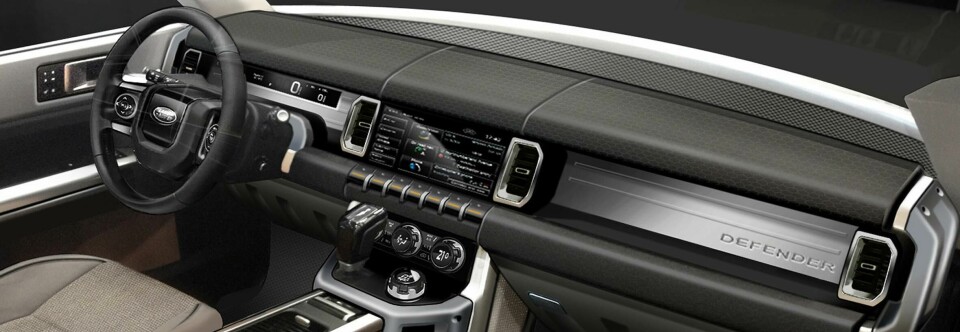
A deeper top pad theme was developed [above] with integrated piano key switches and a more mechanical treatment to the end caps. An auto gearbox in all variants permitted a short, stubby gearshift to be packaged, allowing for a central third ‘jump’ seat as a key feature – as in the original Defender. An extended gearshift plinth, with rotary controls for the HVAC mounted vertically on the main IP is seen [below].
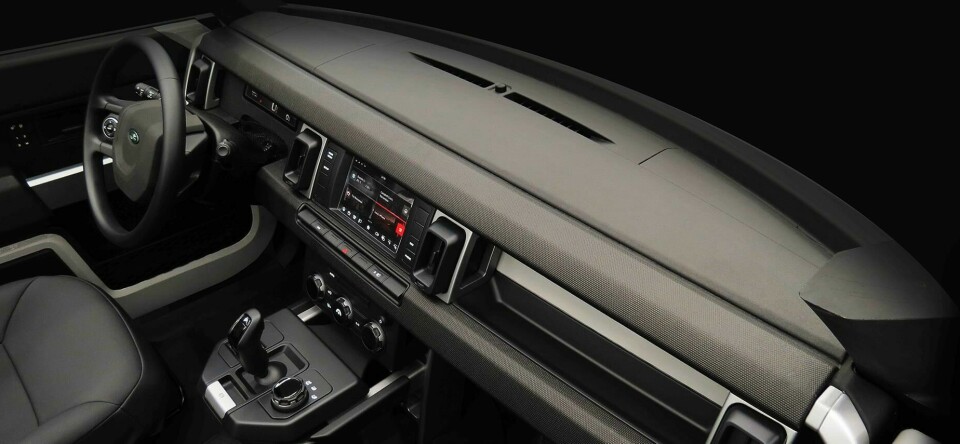
A later model [below] shows the air vents moved up into the A-pillars, a short gearshift plinth, and a more compact layout for the Velar-style HVAC controls. This model explored a less utilitarian approach, with large swathes of wood and less use of exposed metal on the end caps.
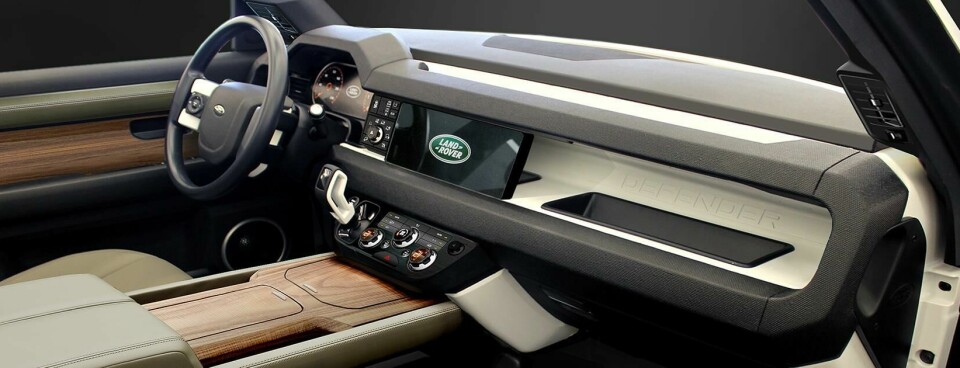
A later studio model development [below] shows the air vents moved up to the top pad and the perimeter of the IP treated as add-on trimmed pads around the magnesium armature. The multitude of places to grab hold – when off-roading, for example – adds to the highly tactile character of the design. Note the more mechanical look, with exposed bolts on the steering wheel spokes, full metal end caps and lack of a door top pad.
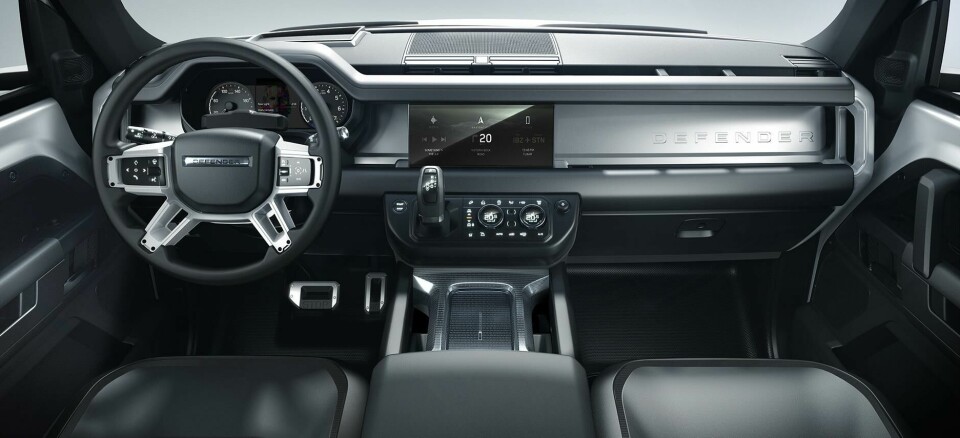
A whole host of storage solutions [below] were designed as part of the overall packaging. “The trunk floor is a honeycomb structure under the A surface that is very lightweight – the first time we’ve used it,” says Amy Frascella, director, colour and materials. “Many recycled polymers are used in less visible areas too, such as the lower console, skirting areas, under floor and wheelarches,” she adds.
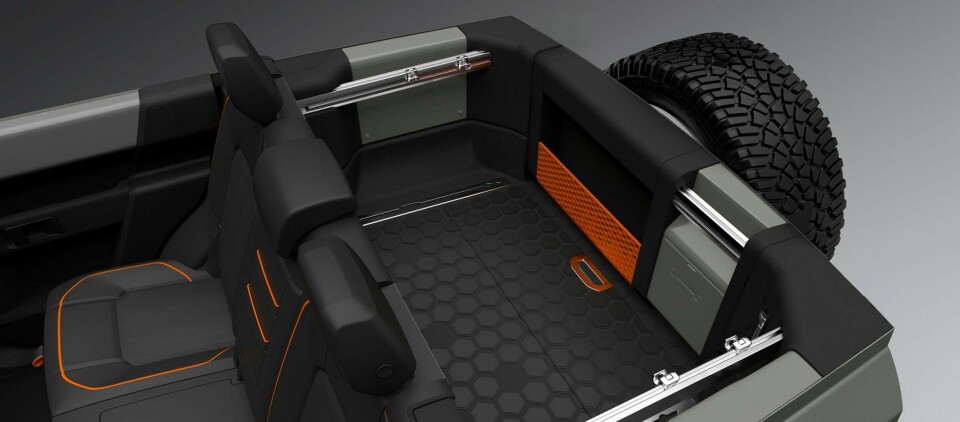
Digital design renderings show the stadium seating and full-length rear side window; there is a deeply-recessed Alpine light in the roof. A ‘floating C-pillar’ is an option on the shorter-wheelbase, three-door Defender 90 (which seats up to six), and when fitted, this brings a moulded storage pocket on its inside face, adjacent to rear passenger’s heads. Details such as the steering wheel and gearshift reflect the overall character of ruggedness, but with ease of use and a sense of modernity in mind. The 12.3-inch centre touchscreen features sophisticated displays to give drivers confidence when off-roading. These include wade sensing (up to 900mm depth), ClearSight Rear View Mirror to provide enhanced rear vision and ClearSight Ground View invisible bonnet technology that shows the hidden area directly ahead of the front wheels. A colour HUD supplements the centre display.
Digital design renderings
Exterior and interior were modelled together on the same studio plate. The interior architecture follows a consistent form language, described as “constructivist modular” by Alan Sheppard. Sheppard started at Land Rover in 1984 and worked on the original CB40 Freelander 1 with Gerry McGovern. “Some of the [Defender] ideas relate back to CB40,” says Sheppard. “On that car, we explored ideas for paring back, making the structure of the car visible from inside and having visible fixings.”
Clay work
Amy Frascella adds that a quality feel was important nonetheless, despite the utilitarian atmosphere. “Defender is essentially a tool – obtaining this balance of tactility, softness and durability was key to creating a modern premium aesthetic for both the interior and exterior materials,” she says. “We have enabled innovation of materials by creating new approaches to development, challenging the conventions of traditional methods of making, and modifying existing technologies.”
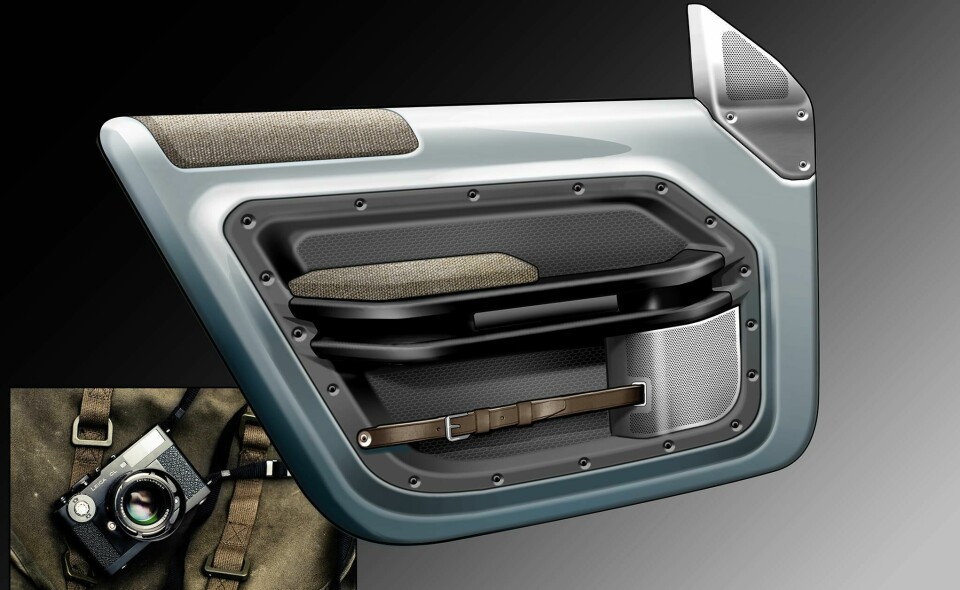
The final production interior is more refined than the themes seen in the early proposals, expressing the Defender values of ‘premium durability’ more clearly. Note how the IP is slightly convex, with the end caps clearly presented as an aid to climbing aboard. The deep console is open sided, with the storage tray extending the full width underneath the longitudinal wooden spars. In versions with the central ‘jump’ seat, the seat back can be folded down to provide a wide armrest with cup holders; it has an integrated seat belt, phone storage and four power ports.
The five-door, 5+2-seat Defender 110 is available with a new khaki and ebony interior. “In my opinion, only Defender could wear this new khaki colourway,” says Amy Frascella. “It is hard to describe: it’s very natural, but slightly desaturated as a colour, so it looks modern.” Other colourways on offer are ebony; a light acorn/lunar for warmer climates; and vintage tan, available in the range-topping Defender 110 X with ebony, the high-contrast look heightened by a black headliner and black finish to IP end caps.
The light grey powder coating for the end caps and door handles was a challenge, Frascella notes. “We are familiar with powder coating for durable underbonnet components, but not for class A interior surfaces where customers will regularly interface with the finish,” she explains. “The substrate is magnesium; we had to make sure it had high heat protection, and the primer layers all needed to work together too, for maximum comfort and cleanability. Plus, we wanted a low gloss texture to disguise any ‘orange peel’ [effect] that might be perceived as low quality. That was a long development, but interesting. It was through taking a known technology that we challenged how we use it, and were able to unlock something really new.”
Leather is offered in S and SE versions in conjunction with a robust woven textile fabric, while X versions have Windsor leather with a new, highly durable steelcut wool blend from Danish supplier Kvadrat; Land Rover is aiming to offer non-leather textiles at high trim levels, and to use more sustainable materials. “Customers can [also] choose Kvadrat fabric with Miko suedecloth on seats, and a PU material wrapped on the surrounding architecture,” says Frascella. “We did a study on a Defender 110 interior where 34 plastic bottles-worth of recycled materials are used, from PET bottles and clothing waste yarns. Combining Kvadrat woven fabric with Dinamica suede from recycled polymers, there’s a C02 saving of 189kg over the life of the vehicle.”
The flush-fitting sills allow customers to brush or wipe the interior clean after muddy adventures, and the floor covering throughout is a moulded plastic, not carpet. “It’s a TPU-based polymer, yet is easy to clean: another example of ‘premium durability’. Carpet mats and rubber overmats are available as an option too,” says Frascella.
Exposed fixings retain the structural door casings while partially exposing the painted doors. The fixings are high quality button-head Torx bolts, not crude screws. Two wood finishes are available, a smoked oak veneer and a rough-cut walnut. “Tactility of materials for Defender is really important. We wanted the wood as raw and natural as possible; it is cross-cut by saw for that rougher texture and given an open-pore matt finish,” Frascella explains. The ‘durable constructivist’ theme is therefore consistent throughout the interior.
